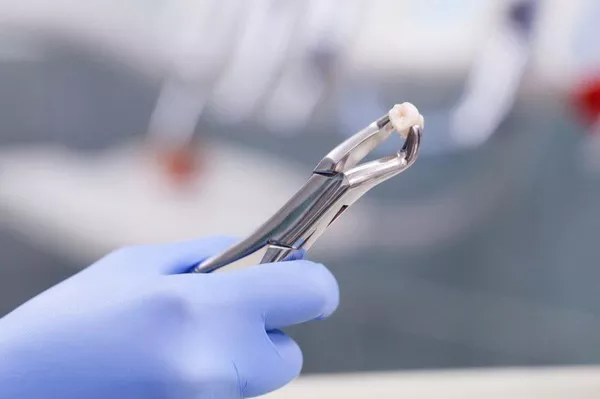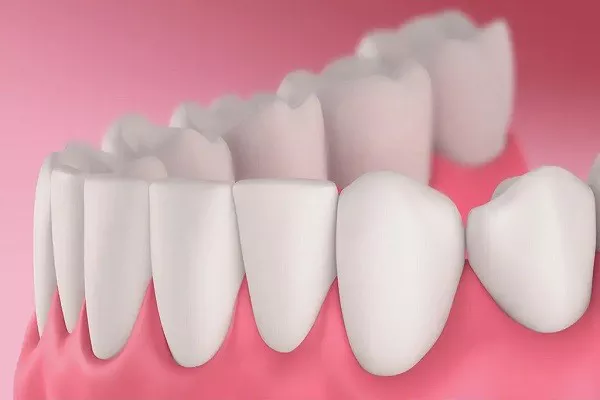A dental filling is a common dental procedure used to restore teeth that have been damaged by decay or injury. The procedure involves removing the damaged portion of the tooth and filling the resulting cavity with a dental material to restore the tooth’s function and prevent further decay.
There are several types of dental fillings available, including amalgam (silver), composite (tooth-colored), gold, and ceramic fillings. The type of filling used will depend on the location and extent of the damage, as well as the patient’s preferences.
Amalgam fillings are composed of a mixture of metals, including silver, tin, copper, and mercury. They are strong and durable and can withstand the pressure of chewing. However, they are not tooth-colored and can be visible when placed in visible areas of the mouth.
Composite fillings are made of a tooth-colored resin material that blends in with the natural color of the tooth. They are often used for front teeth or other visible areas of the mouth. Composite fillings are not as strong as amalgam fillings and may need to be replaced more often.
Gold and ceramic fillings are also available, but they are typically more expensive than amalgam or composite fillings.
The dental filling procedure is typically performed under local anesthesia to numb the area around the tooth. The dentist will then remove the damaged portion of the tooth and clean the cavity to remove any debris or bacteria. The filling material is then placed in the cavity and shaped to restore the tooth’s natural shape and function.
After the procedure, it is normal to experience some sensitivity or discomfort in the affected tooth. This should subside within a few days. If you experience persistent pain or discomfort, contact your dentist.
In conclusion, a dental filling is a common dental procedure used to restore teeth that have been damaged by decay or injury. There are several types of fillings available, and the type used will depend on the location and extent of the damage. The procedure is typically performed under local anesthesia and is relatively simple and straightforward. If you have any questions about dental fillings, talk to your dentist.
































